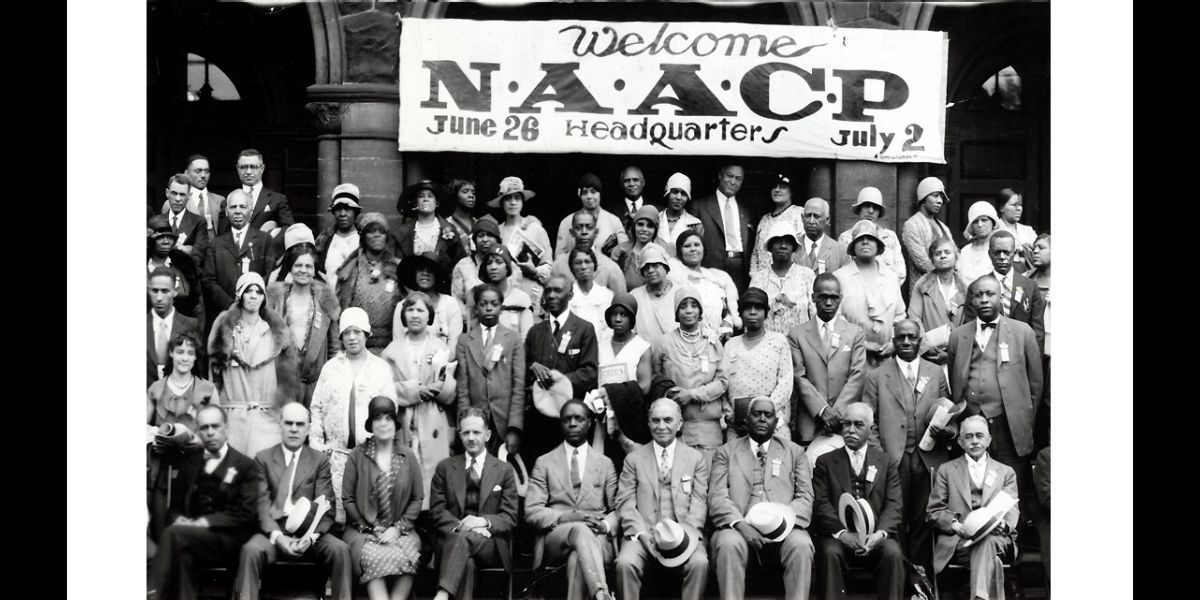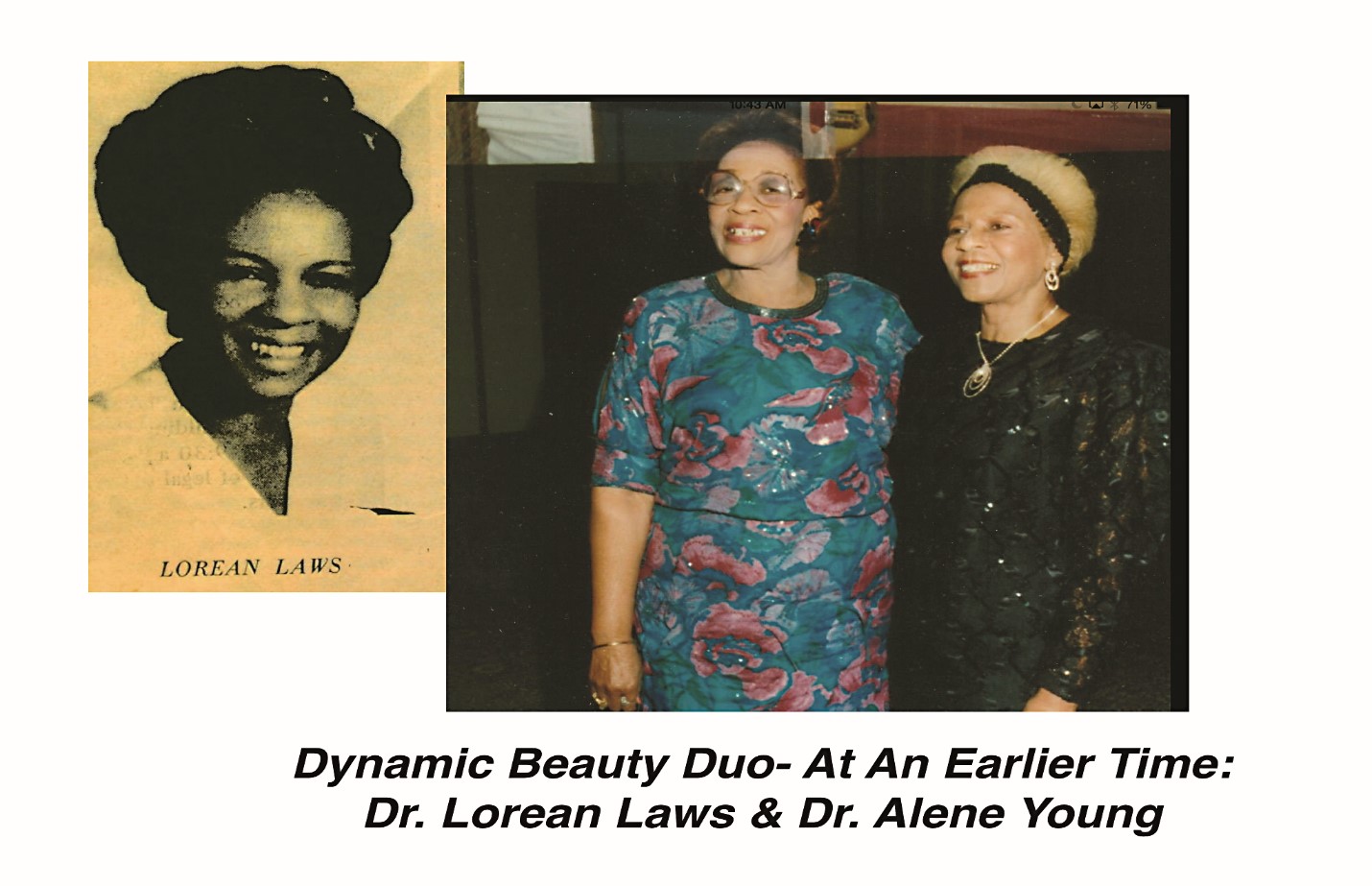
https://www.youtube.com/watch?v=VYQswadO_3U
The National Association for the Advancement of Colored People, better known as the NAACP, was founded on this day in 1909 in response to a violent race riot in Illinois the year prior. Today, the civil rights organization boasts a membership of more than 300,000 continuing its quest to speak for the disenfranchised.
In August 1908 in Springfield, Illinois, a city beset with racial violence against Blacks, was alight with anger after a pair of Black suspects were accused of violent crimes against white people. An angry white mob demanded a public lynching but the suspects were shipped out of town, setting of a flurry of violent acts against Black residents. In all, a small number of people died, but the damage was lasting.
The response to the violence was a joint effort between white liberals Mary White Ovington, and Moorefield Storey, who aligned with W.E.B. Du Bois, Ida B. Wells-Barnett, and others connected to the Niagara Movement to form the early incarnation of the NAACP. Initially based in New York City, the group worked on a variety of civil rights matters of the times, and published Du Bois” “The Crisis” paper.
As the group began to spread across the nation, so did the issues it banded together to combat. Literature professor Joel Spingarn became the NAACP’s first board chairman in 1915 and president between 1929-1939. Among the NAACP’s many programs, one of its most notable was the Legal Defense Fund and the several cases it took on. Perhaps one of the LDF’s top cases was the “Brown v. Board of Education” case helmed by the late Thurgood Marshall which ended racial segregation in schools.
The figures and cases that the NAACP either influenced or campaigns in which they ran are far too numerous to name, and their influence remains to this day. The NAACP is now headquartered in Baltimore, and has embraced matters of the day such as police violence and wage equality, among other matters.










